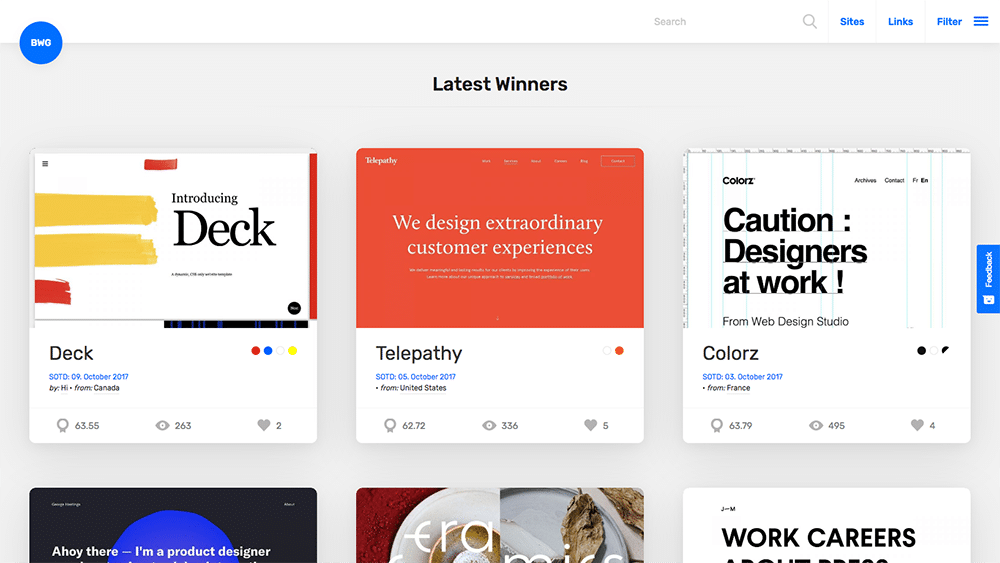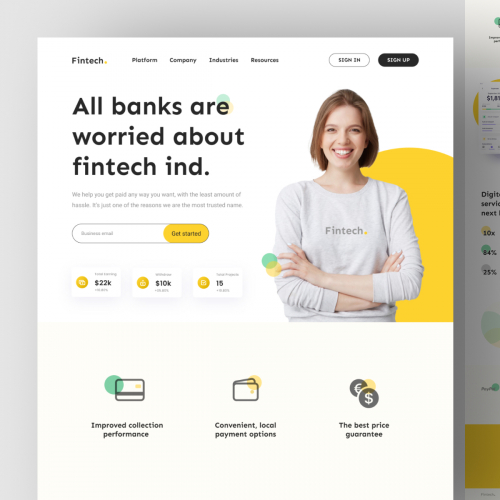Essential Concepts of Site Design: Producing User-Friendly Experiences
In the realm of web site design, the creation of straightforward experiences is not just a visual quest but a fundamental necessity. Essential principles such as user-centered layout, instinctive navigation, and access act as the foundation of efficient electronic systems. By concentrating on individual requirements and choices, developers can cultivate engagement and contentment, yet the ramifications of these concepts prolong beyond simple functionality. Recognizing how they link can substantially affect a website's total efficiency and success, prompting a more detailed assessment of their private functions and cumulative influence on customer experience.

Importance of User-Centered Design
Prioritizing user-centered style is vital for producing effective internet sites that meet the needs of their target audience. This strategy places the individual at the leading edge of the style procedure, making sure that the site not only functions well yet also resonates with users on an individual degree. By comprehending the individuals' choices, behaviors, and objectives, designers can craft experiences that cultivate engagement and satisfaction.
Moreover, adopting a user-centered layout viewpoint can bring about improved ease of access and inclusivity, catering to a varied target market. By thinking about numerous individual demographics, such as age, technical efficiency, and cultural histories, developers can produce sites that rate and functional for all.
Ultimately, prioritizing user-centered design not just improves user experience yet can also drive vital organization outcomes, such as boosted conversion rates and consumer loyalty. In today's affordable digital landscape, understanding and prioritizing individual demands is a critical success aspect.
User-friendly Navigating Structures
Efficient web site navigating is typically an essential consider improving user experience. Instinctive navigating frameworks make it possible for individuals to discover details rapidly and successfully, decreasing disappointment and enhancing engagement. A well-organized navigation menu need to be straightforward, rational, and constant across all pages. This allows users to expect where they can situate details content, therefore advertising a seamless browsing experience.
To produce intuitive navigating, designers ought to prioritize clarity. Tags ought to be detailed and familiar to customers, avoiding jargon or ambiguous terms. An ordered structure, with main categories leading to subcategories, can additionally help customers in recognizing the partnership between various areas of the website.
Additionally, including aesthetic cues such as breadcrumbs can assist users with their navigating course, allowing them to easily backtrack if required. The incorporation of a search bar additionally boosts navigability, providing customers direct accessibility to web content without having to navigate through numerous layers.
Responsive and Flexible Formats
In today's digital landscape, making certain that web sites work flawlessly throughout various devices is crucial for customer contentment - Website Design. Responsive and flexible formats are 2 essential techniques that allow this capability, dealing with the varied range of display dimensions and resolutions that individuals may experience
Responsive formats use liquid grids and adaptable pictures, permitting the web site to instantly readjust its components based upon the display measurements. This technique gives a consistent experience, where content reflows dynamically useful link to fit the viewport, which is particularly useful for mobile users. By making use of CSS visit the site media inquiries, designers can develop breakpoints that enhance the layout for various gadgets without the requirement for separate styles.
Flexible formats, on the various other hand, utilize predefined designs for certain display sizes. When an individual accesses the site, the web server finds the tool and offers the proper format, making sure a maximized experience for varying resolutions. This can cause faster filling times and improved efficiency, as each layout is customized to the tool's capabilities.
Both flexible and responsive designs are essential for enhancing customer engagement and fulfillment, eventually adding to the internet site's general efficiency in satisfying its goals.
Consistent Visual Power Structure
Establishing a regular visual hierarchy is pivotal for assisting customers with a site's material. This principle guarantees that info is provided in a manner that is both instinctive and engaging, permitting individuals to quickly understand the product and navigate. A well-defined pecking order employs different design aspects, such as dimension, spacing, shade, and contrast, to produce a clear distinction between various kinds of web content.

Furthermore, constant application of these visual signs throughout the web site cultivates knowledge and trust. Individuals can rapidly learn to acknowledge patterns, making their interactions extra reliable. Eventually, a strong aesthetic hierarchy not only enhances customer experience but likewise improves overall site functionality, motivating deeper involvement and promoting the desired actions on a website.
Access for All Users
Availability for all individuals is a fundamental aspect of web site layout that ensures everyone, despite their capacities or specials needs, can engage with and take advantage of on-line web content. Designing with availability in mind involves you can look here carrying out techniques that fit diverse individual demands, such as those with visual, auditory, motor, or cognitive problems.
One necessary guideline is to stick to the Internet Web Content Accessibility Standards (WCAG), which provide a framework for creating easily accessible digital experiences. This includes using sufficient shade comparison, offering message alternatives for photos, and making certain that navigating is keyboard-friendly. Additionally, employing receptive style strategies makes certain that web sites function effectively throughout numerous devices and display dimensions, even more boosting availability.
One more essential aspect is the use of clear, succinct language that stays clear of jargon, making content understandable for all individuals. Involving users with assistive modern technologies, such as screen visitors, calls for careful interest to HTML semiotics and ARIA (Obtainable Abundant Net Applications) duties.
Inevitably, prioritizing ease of access not just satisfies lawful obligations but likewise broadens the target market reach, fostering inclusivity and enhancing individual satisfaction. A dedication to access reflects a commitment to developing fair digital atmospheres for all customers.
Conclusion
To conclude, the necessary concepts of site design-- user-centered design, user-friendly navigation, receptive designs, constant visual pecking order, and accessibility-- collectively contribute to the production of straightforward experiences. Website Design. By prioritizing customer needs and guaranteeing that all people can efficiently engage with the site, developers improve use and foster inclusivity. These concepts not only improve user satisfaction yet also drive positive business outcomes, inevitably showing the essential significance of thoughtful internet site style in today's electronic landscape
These techniques provide very useful understandings right into customer expectations and pain factors, allowing designers to tailor the site's attributes and material accordingly.Reliable website navigating is frequently a vital factor in improving customer experience.Establishing a consistent aesthetic pecking order is essential for leading individuals with a website's web content. Eventually, a strong aesthetic power structure not just boosts individual experience however likewise improves general website functionality, encouraging deeper engagement and helping with the desired actions on a web site.
These concepts not just improve individual contentment but also drive positive business results, ultimately demonstrating the crucial importance of thoughtful site style in today's electronic landscape.